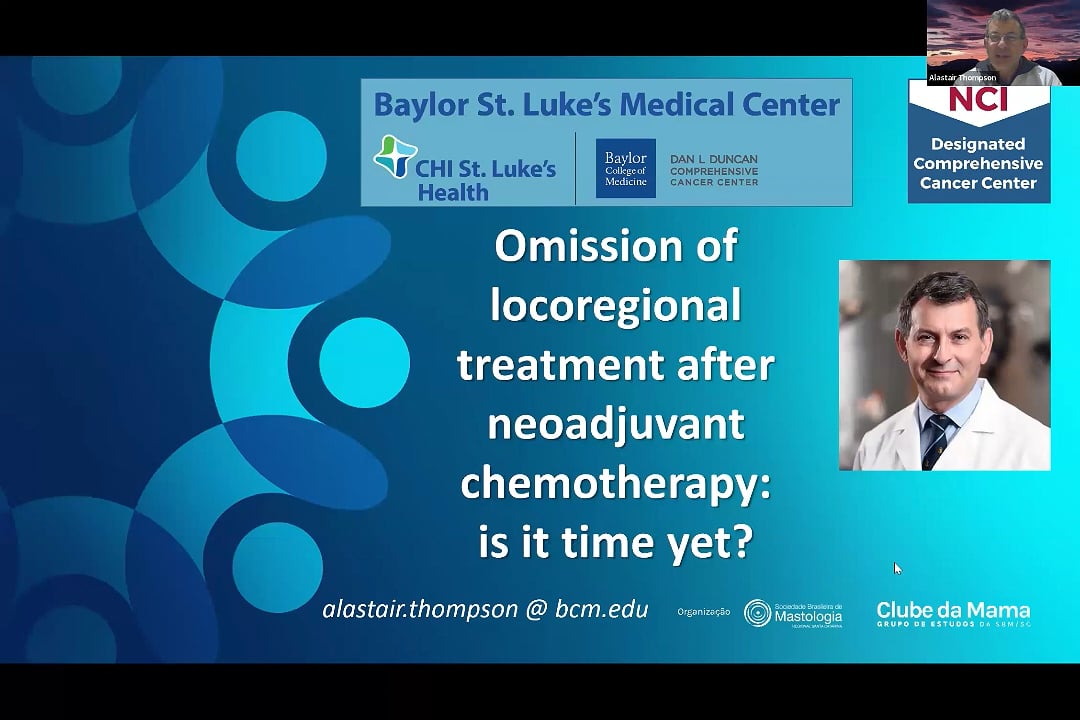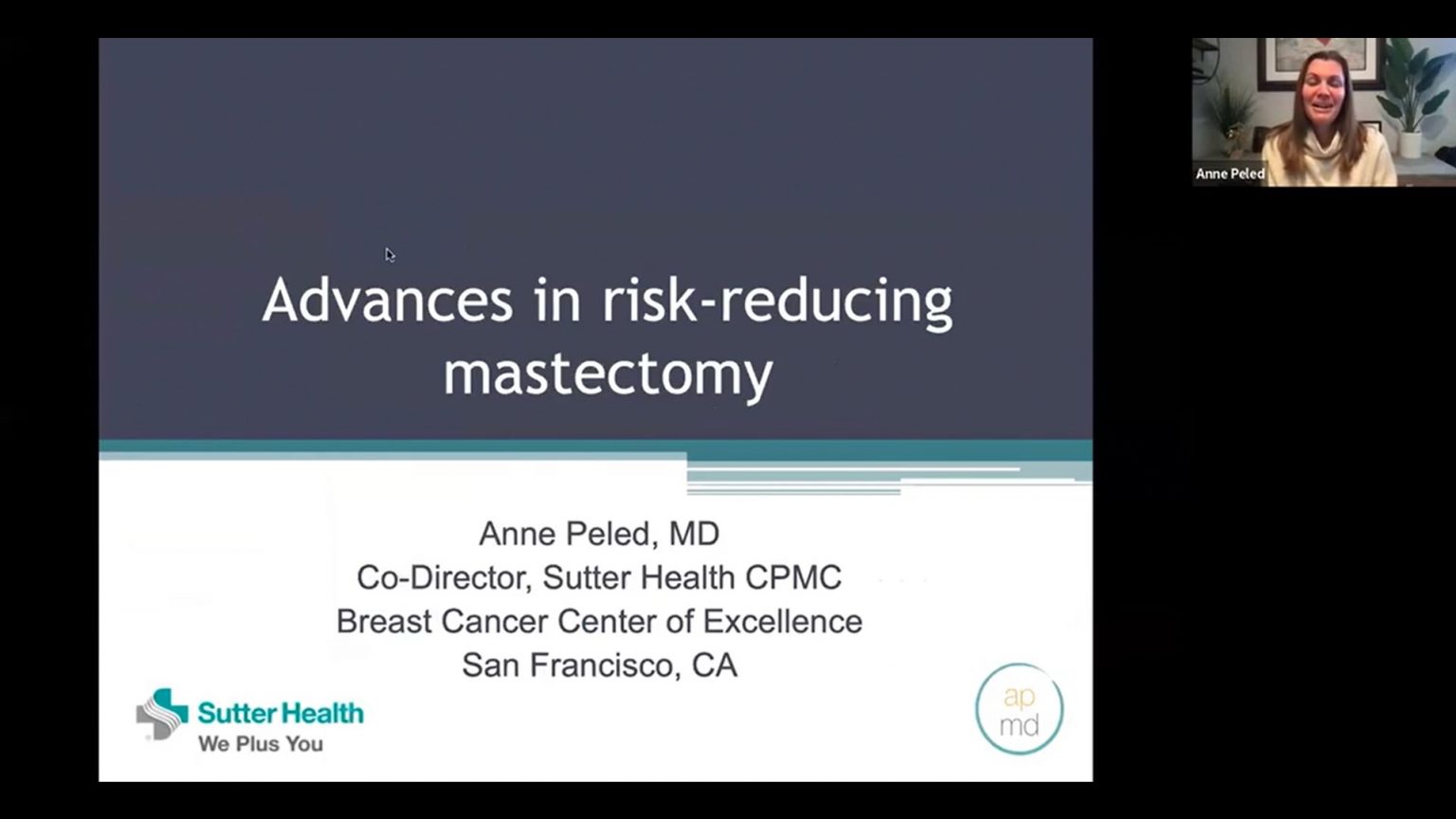Artigo
Giredestrant for Estrogen Receptor–Positive, HER2- Negative, Previously Treated Advanced Breast Cancer: Results From the Randomized, Phase II acelERA Breast Cancer Study
ABSTRACT
PURPOSE: To compare giredestrant and physician’s choice of endocrine monotherapy (PCET) for estrogen receptor–positive, HER2-negative, advanced breast cancer (BC) in the phase II acelERA BC study (ClinicalTrials.gov identifier: NCT04576455).
METHODS: Post-/pre-/perimenopausal women, or men, age 18 years or older with measurable disease/evaluable bone lesions, whose disease progressed after 1-2 lines of systemic therapy (≤1 targeted, ≤1 chemotherapy regimen, prior fulvestrant allowed) were randomly assigned 1:1 to giredestrant (30 mg oral once daily) or fulvestrant/aromatase inhibitor per local guidelines (1luteinizing hormone– releasing hormone agonist in pre-/perimenopausal women, and men) until disease progression/unacceptable toxicity. Stratification was by visceral versus nonvisceral disease, prior cyclin-dependent kinase 4/6 inhibitor, and prior fulvestrant. The primary end point was investigator-assessed progression-free survival (INV-PFS).
RESULTS: At clinical cutoff (February 18, 2022; median follow-up: 7.9 months; N 5 303), the INV-PFS hazard ratio (HR) was 0.81 (95% CI, 0.60 to 1.10; P 5 .1757). In the prespecified secondary end point analysis of INV-PFS by ESR1 mutation (m) status in circulating tumor DNA–evaluable patients (n 5 232), the HR in patients with a detectable ESR1m (n 5 90) was 0.60 (95% CI, 0.35 to 1.03) versus 0.88 (95% CI, 0.54 to 1.42) in patients with no ESR1m detected (n 5 142). Related grade 3-4 adverse events (AEs), serious AEs, and discontinuations due to AEs were balanced across arms.
CONCLUSION: Although the acelERA BC study did not reach statistical significance for its primary INV-PFS end point, there was a consistent treatment effect with giredestrant across most key subgroups and a trend toward favorable benefit among patients with ESR1-mutated tumors. Giredestrant was well tolerated, with a safety profile comparable to PCET and consistent with known endocrine therapy risks. Overall, these data support the continued investigation of giredestrant in other studies
Compartilhar em:
Comentários
Cursos Relacionados
0
Conteúdos Relacionados
Comentários
Deixe um comentário Cancelar resposta
Você precisa fazer o login para publicar um comentário.








